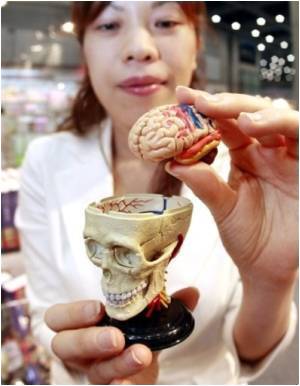It is well established that environmental enrichment, providing animals with rich sensory, motor, and social stimulation, produces both dramatic increases in the number of synapses

Specifically, Dr. Caroni and coauthor Dr. Ewa Bednarek studied synapse remodeling and learning upon enrichment in the presence and absence of a protein called β-Adducin which has been implicated in the regulation of plasticity and learning. Mice lacking β-Adducin failed to assemble new synapses upon enhanced plasticity and exhibited diminished memory after environmental enrichment. Both mice lacking β-Adducin and control mice exhibited anatomical changes that could support new synapses (growth of new spine structures) upon enrichment, but these failed to establish synapses in the absence of β-Adducin. This suggests that in the adult, separate signals regulate anatomical changes and the actual formation of synapses. Remarkably, both the disassembly of pre-existing synapses and the assembly of new synapses were necessary to enhance learning and memory upon environmental enrichment.
Taken together, the findings provide new insight into the mechanisms that underlie enhanced long-term memory after environmental enrichment. "We have shown that circuit remodeling and synaptogenesis processes in the adult have important roles in learning and memory, and that β-Adducin is critically important to establish new synapses under conditions of enhanced plasticity," concludes Dr. Caroni. "Future studies will aim at elucidating how experience enhances synapse turnover and synaptogenesis, how this potentiates memory processes, and how impairment of these processes may produce memory loss in disease."
Source-Eurekalert














